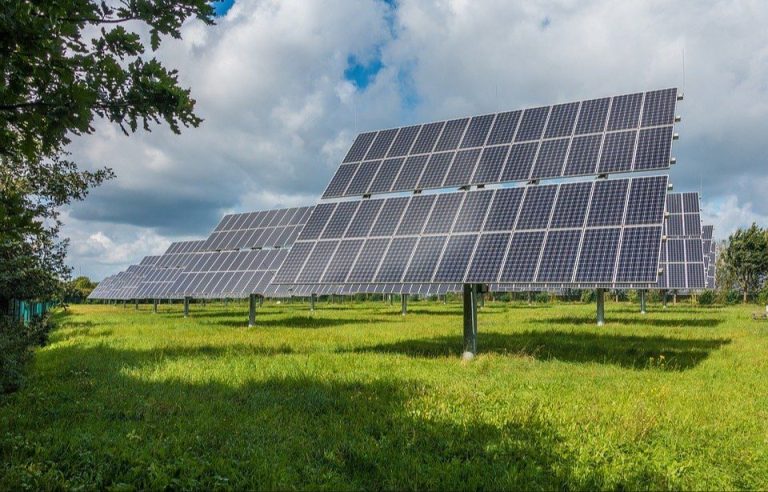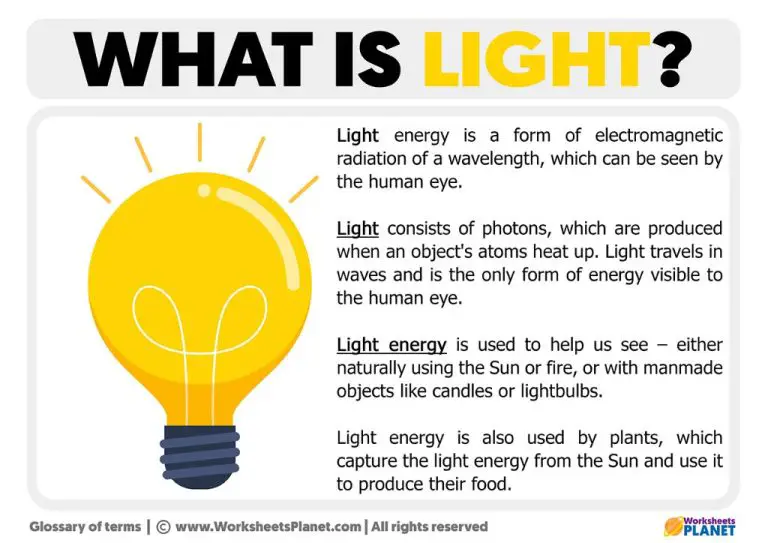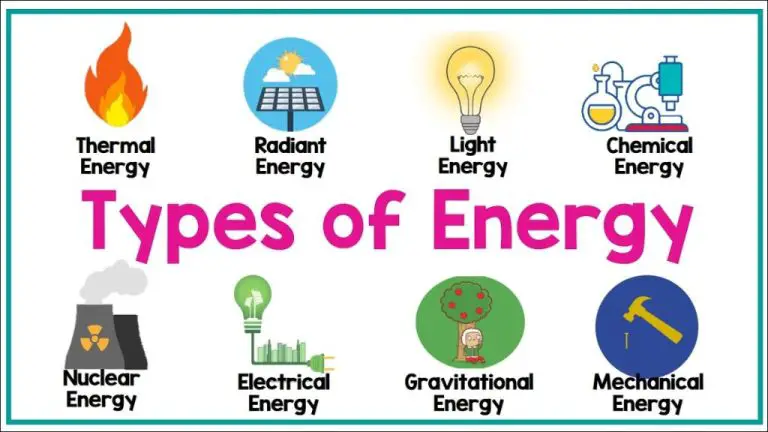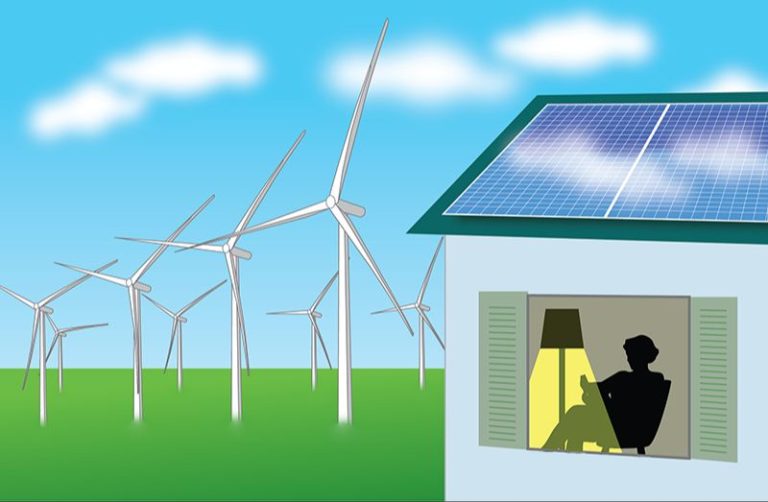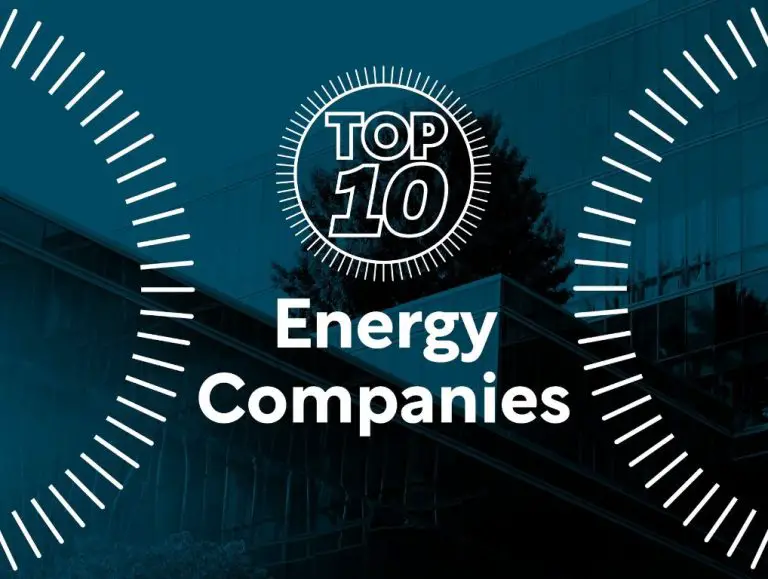Which Renewable Energy Is The Most Affordable?
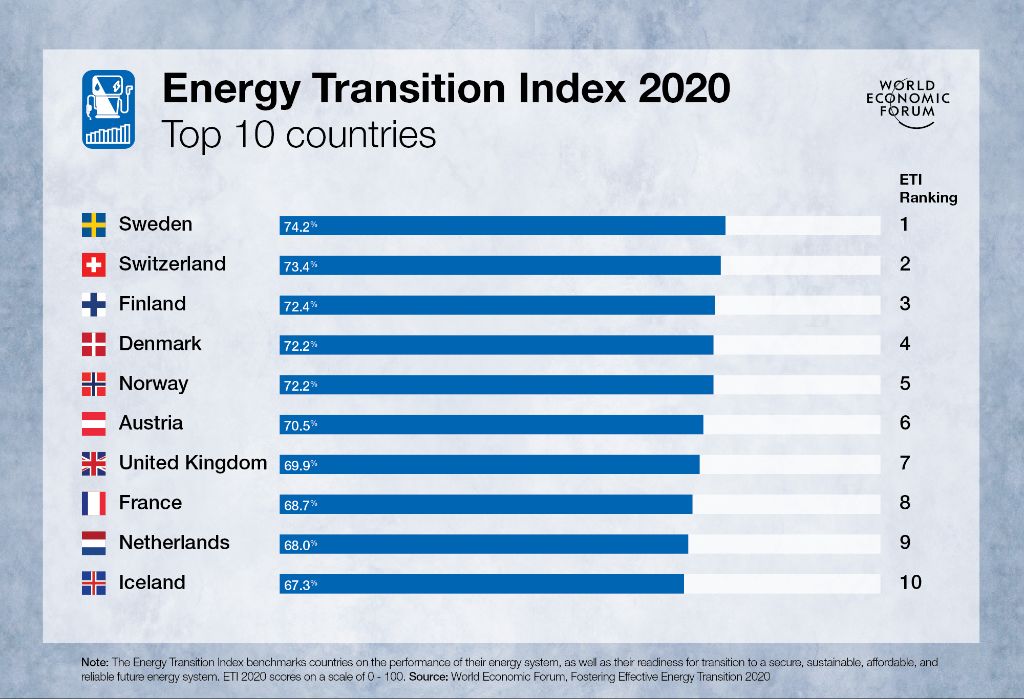
With rising concerns over climate change and energy security, there is growing interest in transitioning to renewable energy sources. Renewables like solar, wind, and hydropower produce electricity with minimal environmental impact and little to no greenhouse gas emissions. However, cost has often been seen as a barrier to large-scale adoption of renewables.
This article evaluates the costs of different renewable energy technologies to determine which is the most affordable option. It provides an overview of levelized costs, factors that impact costs, and cost trends over time. The goal is to compare the competitiveness of renewables like solar, wind, hydropower, geothermal, bioenergy, and ocean energy when it comes to economics.
Understanding the affordability of renewable power sources allows consumers, businesses, and policymakers to make informed decisions about our energy future. This analysis aims to find the cheapest renewable electricity source based on the latest cost data.
Evaluating Costs of Renewables
When comparing the costs of different renewable energy sources, one of the most common metrics used is the Levelized Cost of Energy (LCOE). The LCOE represents the average cost per unit of electricity generated over the lifetime of the system. It accounts for the upfront capital costs, ongoing operation and maintenance costs, cost of fuel (if any), and the amount of electricity generated. The LCOE allows an “apples to apples” comparison of different technologies with different cost structures and expected lifetimes (Lazard).
Specifically, the LCOE calculation takes the following factors into account: (NREL)
- Installed capital cost including equipment, construction, etc.
- Fixed and variable operating and maintenance costs
- Fuel costs (if applicable)
- Equipment lifetime or analysis period
- Capacity factor – how much energy is produced compared to maximum possible
- Discount rate
By calculating the net present value of all costs over the system lifetime and dividing it by the total lifetime electricity production, the LCOE gives a $/MWh cost that can be directly compared across technologies. It represents the price at which energy must be sold for an investment to reach breakeven.
Solar Power
Solar power utilizes energy from the sun to generate electricity through photovoltaic (PV) panels or concentrated solar power. Solar PV converts sunlight directly into electricity using semiconductor materials, while concentrated solar uses mirrors to focus sunlight to heat a fluid and spin a turbine. The main types of solar power are:
- Solar photovoltaics (PV) – Converts sunlight into electricity using PV panels.
- Concentrated solar power (CSP) – Uses mirrors and lenses to concentrate sunlight to drive a heat engine.
The installed costs of solar PV have declined substantially in the past decade. According to the International Renewable Energy Agency (IRENA), the global weighted average levelized cost of electricity (LCOE) for solar PV fell 82% between 2010 and 2020, from around $0.37/kWh in 2010 to $0.06/kWh in 2020 (source). The declines have been driven by technology improvements, economies of scale, and fierce competition within the solar industry. In 2022, the LCOE for newly commissioned utility-scale solar PV rose for the first time in over a decade to $0.07/kWh, largely due to higher commodity and freight prices (source). However, solar PV remains one of the lowest cost options for new power generation capacity in many markets.
Wind Power
Wind power generates electricity through the kinetic energy from wind turning large wind turbine blades connected to a generator. There are two main types of wind power: onshore wind, which is located on land, and offshore wind, which is located in bodies of water. According to IRENA, global weighted average levelized costs for onshore wind have fallen 5% between 2021 and 2022, from $0.035/kWh to $0.033/kWh. This continues a steady downward trend in costs over the past decade. The levelized cost for offshore wind remains higher than onshore, around $0.053/kWh in 2022, but costs have fallen 48% in the 2010 to 2022 period.
The declining costs for wind power can be attributed to technology improvements, manufacturing scale-up, increased project size and performance, and competitive procurement practices. While onshore wind is generally the most cost-effective today, offshore wind offers high potential generation capacity near major population centers along coastlines. Continued cost reductions in offshore wind are expected with larger turbines, lower financing costs, and floating foundations enabling development further from shore.
Hydropower
Hydropower is one of the oldest and most established renewable energy sources. It converts the energy from flowing water into electricity by using turbines connected to generators. There are several types of hydropower projects:
- Large hydropower stations that use dams and reservoirs to control water flow.
- Small run-of-river projects that divert a portion of a river through turbines without needing dams or reservoirs.
- Pumped storage plants that pump water uphill to a reservoir when electricity demand is low so it can flow back downhill to generate power when demand is high.
The levelized cost of electricity (LCOE) for hydropower depends heavily on project size and site characteristics. According to the International Renewable Energy Agency, large hydropower projects typically have a LCOE between $0.02 to $0.19 per kWh assuming a 10% cost of capital (source). Smaller run-of-river and pumped storage projects often have higher costs. Overall, hydropower is a mature technology with competitive costs compared to other renewables and conventional sources.
Geothermal
Geothermal energy comes from the heat contained below the Earth’s surface. By drilling wells into underground reservoirs, geothermal energy can be used to generate electricity or provide direct heating and cooling. According to the IRENA, the global weighted average levelized cost of electricity (LCOE) for geothermal power has decreased by 22% from 2020 to 2022 to around $0.056 per kWh.
This makes geothermal energy competitive with fossil fuels and other renewables. The LCOE for geothermal ranges from $0.061-0.102 per kWh, lower than the average LCOE for coal ($0.095-0.242 per kWh) and gas ($0.047-0.187 per kWh) (Fervo Energy). Upfront capital costs for geothermal plants are significant but have a long lifespan of 20-30 years. Countries with substantial geothermal resources like Iceland, the United States, Indonesia, and New Zealand can utilize this stable baseload renewable resource at competitive costs.
Bioenergy
Bioenergy utilizes biomass and biogas for generating electricity, heat, and transportation fuels [1]. Bioenergy comes from organic materials like plants, agricultural and forest residues, and biodegradable waste. Common bioenergy technologies include:
- Biomass – Combustion of wood, agricultural residues, and other waste for heat and power.
- Biogas – Anaerobic digestion of organic waste and manure to produce methane gas for electricity and heat.
- Biofuels – Production of liquid transportation fuels like ethanol and biodiesel from crops, waste oils, and algae.
In terms of costs, bioenergy tends to be more expensive than conventional fossil fuels. According to IRENA, the global weighted average LCOE for bioenergy was around $0.046-0.182/kWh in 2022 [2]. This is higher than solar, wind, hydro and geothermal energy. Key factors impacting bioenergy costs include:
- Feedstock availability and costs
- Logistics and transportation of biomass
- Conversion process and technology efficiency
- Plant capacity factors
- Policy incentives
The most cost-effective bioenergy options are biogas from waste resources and solid biomass in areas with abundant low-cost feedstocks. Advanced biofuels remain expensive due to high processing costs. Overall, bioenergy shows potential as a renewable energy source but still needs innovation to reduce costs and improve sustainability.
Ocean Energy
Ocean energy technologies harness the energy from waves, tides, currents, temperature gradients, and salinity gradients in the oceans and seas. The main ocean energy technologies are tidal, wave, and Ocean Thermal Energy Conversion (OTEC).
Tidal energy utilizes the rise and fall of the tides to generate electricity through tidal turbines placed underwater. Estimates for tidal energy levelized costs range from $0.17 to $0.35 per kWh based on a 2020 industry report Levelised Cost of Energy Assessment for Wave, Tidal and OTEC at an International Level.
Wave energy harnesses the energy from surface waves to produce electricity using technologies like oscillating water columns, point absorbers, and overtopping devices. Expert assessments put wave energy LCOE between $0.28 and $0.54 per kWh as of 2020 according to a 2021 NREL report.
OTEC utilizes the temperature difference between warm surface water and cold deep water to run a power cycle and generate electricity. OTEC LCOE is estimated to be $0.34 to $0.72 per kWh based on the same 2020 industry report.
Cost Comparison
When comparing the levelized cost of energy (LCOE) for different renewable energy sources, recent data shows that onshore wind and utility-scale solar PV are often the most affordable options:
According to the EIA, in 2021 the estimated LCOE for onshore wind was $37/MWh, utility-scale solar PV was $37/MWh, hydropower was $39/MWh, geothermal was $46/MWh, and offshore wind was $83/MWh (EIA).
Similar cost ranges were reported by Lazard in 2021: onshore wind $26-$50/MWh, utility-scale solar PV $29-$38/MWh, hydropower $47-$70/MWh, geothermal $91-$144/MWh, offshore wind $78-$121/MWh (Lazard).
IRENA data shows the global weighted average LCOE of newly commissioned onshore wind dropped 15% from 2020 to 2021, and utility-scale solar PV dropped 13% in the same period (IRENA).
This steady decline in costs for wind and solar over the past decade has made them highly competitive options compared to other renewables as well as conventional power generation:

Source: IRENA Renewable Power Generation Costs in 2019
With continued technology improvements and economies of scale, wind and solar are projected to experience further cost reductions, cementing their status as affordable renewable energy choices.
Conclusion
Based on the analysis of various renewable energy sources, onshore wind power emerges as the most affordable option currently available at scale. Factoring in capital costs, capacity factors, and levelized costs, large-scale onshore wind projects are able to produce electricity for 3-6 cents per kWh in many locations. This makes wind competitive with fossil fuels like coal and natural gas.
Solar photovoltaics are becoming increasingly affordable as well, with utility-scale systems now averaging around 4-8 cents per kWh. However, the intermittent nature of solar still makes it slightly more expensive than wind overall. Hydropower and geothermal can also be cost-competitive but have geographical limitations.
Looking forward, continued technological improvements and economies of scale will further drive down costs across most renewables. Onshore and offshore wind are expected to see increased growth and declining prices in the years ahead. Solar will continue expanding exponentially as costs keep falling. Together, wind and solar are likely to dominate the affordable renewable energy landscape in the future.


